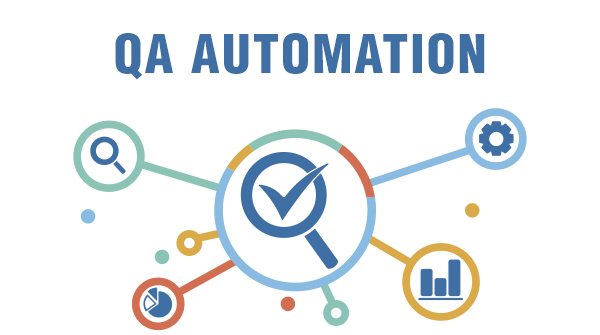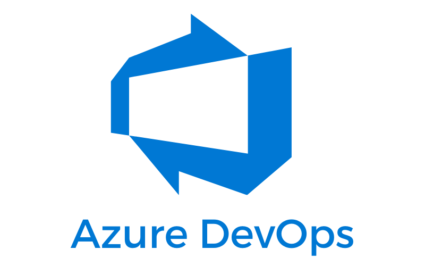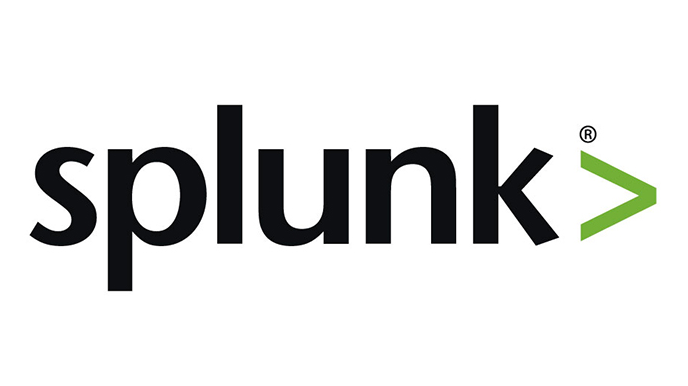
Course Content
1. Introduction to Application Security
- Understanding the importance of application security
- Understanding the web application and its architecture
- Common threats and attacks targeting applications
2. Secure Coding Practices
- Principles of secure coding (input validation, proper error handling, etc.)
- Using security libraries and frameworks
- Avoiding common coding vulnerabilities (SQL injection, XSS, CSRF, etc.)
3. Authentication and Authorization
- Differentiating authentication and authorization
- Implementing strong authentication mechanisms (multi-factor, OAuth, etc.)
- Role-based access control and least privilege principle
4. Session Management
- Best practices for session management
- Preventing session hijacking and fixation attacks
- Using secure session cookies
5. Data Validation and Sanitization
- Validating input data to prevent injection attacks
- Implementing output encoding to prevent XSS attacks
- Securely handling user-uploaded files
6. Security in RESTful APIs
- Securing API endpoints with authentication and authorization
- Preventing API abuse and DoS attacks
- Proper usage of HTTPS and SSL/TLS
7. Security in Mobile Applications
- Securing data storage on mobile devices
- Implementing secure communication channels
- Protecting against reverse engineering and tampering
8. Security Testing
- Understanding OWASP top 10 and SANS vulnerabilities and its exploitation
- Static code analysis and code reviews (SAST)
- Dynamic application security testing (DAST)
- Penetration testing and ethical hacking (Manual Exploitation)
- Tools and Technologies used like Burpsuite,Checkmarx, etc
- Container Security Testing
- Docker Security Testing
9. Secure DevOps and CI/CD
- Integrating security into the development pipeline
- Automating security testing and vulnerability scanning
- Infrastructure as Code (IaC) security practices
10. Secure Software Development Lifecycle (SDLC)
- Incorporating security into each phase of the SDLC
- Threat modeling and risk assessment
- Code review and security testing milestones
11. Vulnerability Management
- Identifying and prioritizing vulnerabilities
- Patch management and vulnerability remediation
- Monitoring and incident response for security incident
Cybersecurity




 (2 votes, average: 1.00 out of 5)
(2 votes, average: 1.00 out of 5)- Price: Free
- Certificates: No
- Students: 0
- Lesson: 0








